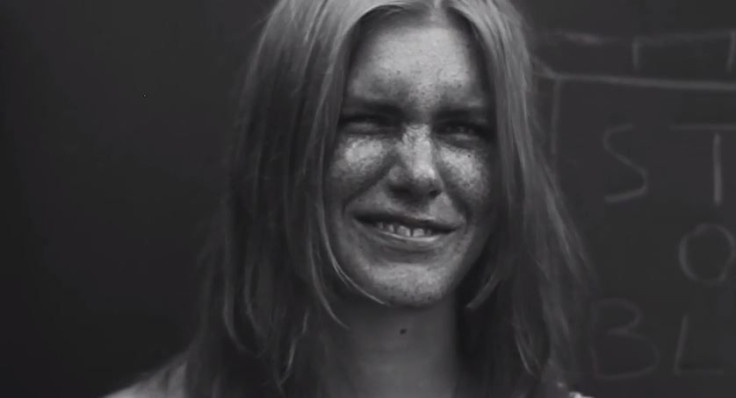Your Face Under An Ultraviolet Camera And Sunscreen Is Shocking: Why Blocking UV Protects Your Skin

We spend our days walking down the street, mowing the lawn, or sitting in our cars with the windows rolled down as the summer sun grazes our skin. Oblivious to its dangers, we soak up the sun and feel pretty good about it.
But what’s really happening to our skin when it’s hit by the sun’s ultraviolent (UV) rays? The changes our skin goes through isn’t visible unless your face is placed under an ultraviolet camera, which can show what your skin really looks like at this very moment — covered in dark freckles and blemishes caused by sun exposure.
In the below video, you’ll see what normal people’s skin looks like underneath the surface, and be able to view changes that occur from years of UV ray exposure. Ultimately, the video urges everyone to wear sunscreen: glasses, sunglasses, and sunscreen all block UV rays, rendering your skin black where these items act as a shield against the sun. The video shows what exactly you look like under a UV camera when you have sunscreen on.
Decreasing your exposure to UV radiation from the sun could lower your chances of developing skin cancer, such as melanoma. Your skin can be permanently damaged from blistering sunburns, even if it appears that your skin recovers. This is because UV radiation goes beneath the epidermis, or outer layer of skin, and affects your dermis and deeper levels. UVA and UVB rays — both of which are two types of UV rays — can cause changes to your skin’s DNA and increase your chances of developing skin cancer.
So before you go outside for even a little bit, don’t forget to wear hats, sunglasses, protective clothing, and most importantly, lather on the sunscreen, especially if you’re outside during the hottest times of the day, when UV rays have a shorter distance to the Earth's atmosphere (between 10a.m. and 3p.m.). Learn more about UV radiation on the EPA's website.
Published by Medicaldaily.com



























